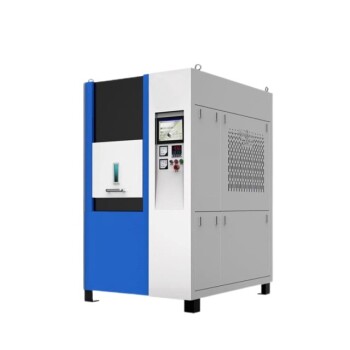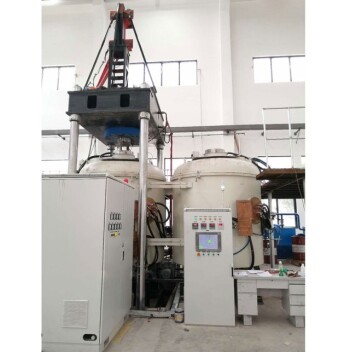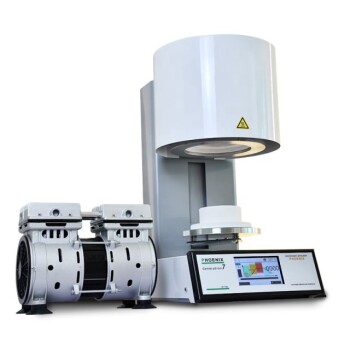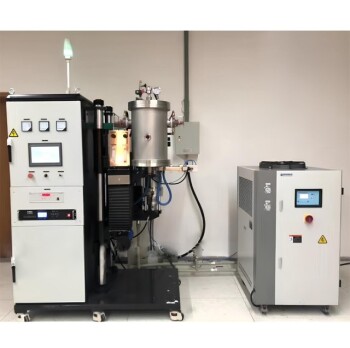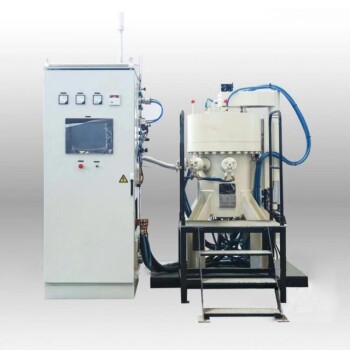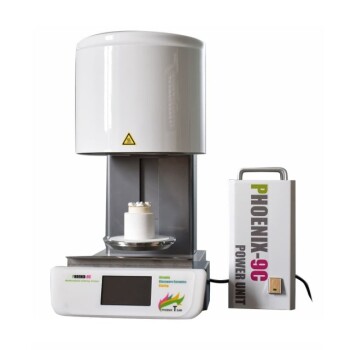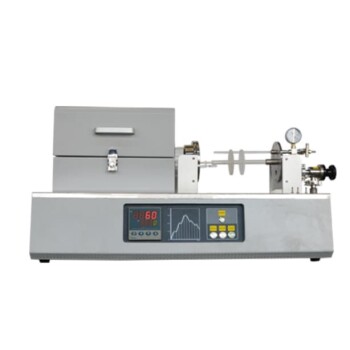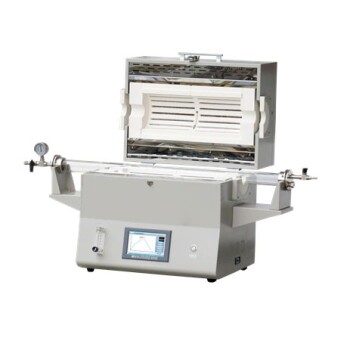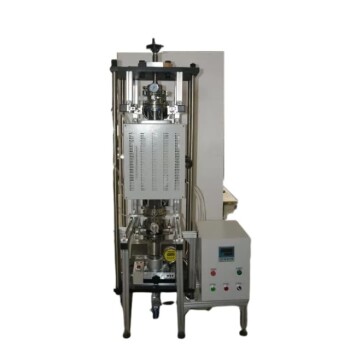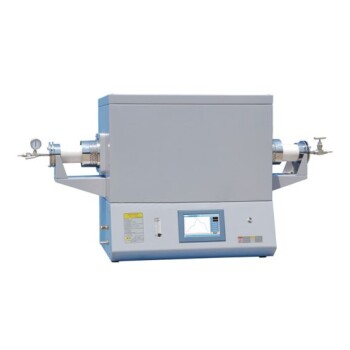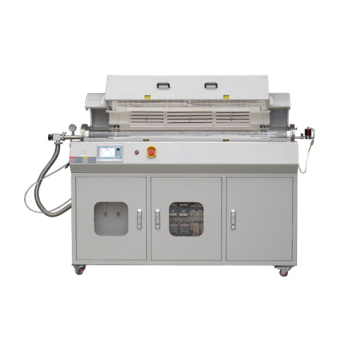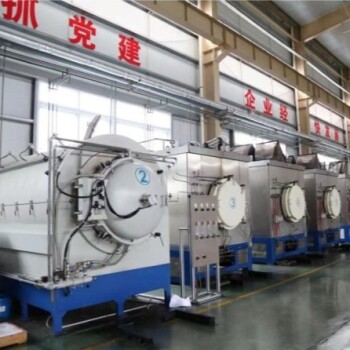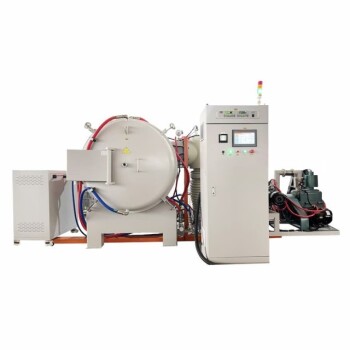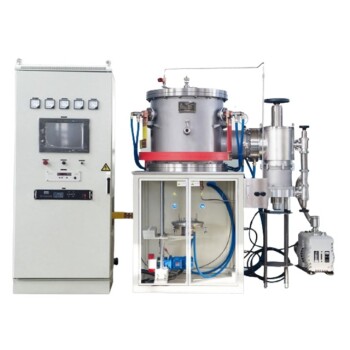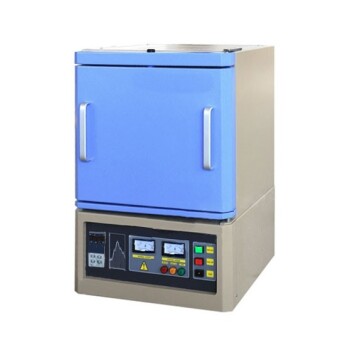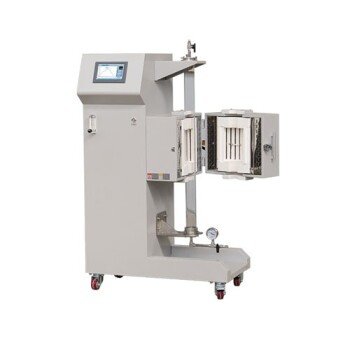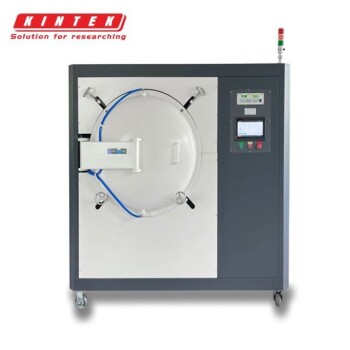Introduction to Advanced Ceramics and Sintering
Properties and Importance of Advanced Ceramics
Advanced ceramic materials are distinguished by their unique atomic bonding structures, primarily ionic or covalent, which bestow upon them a suite of exceptional properties. These materials exhibit high strength and hardness, making them ideal for applications requiring durability and resistance to mechanical stress. Additionally, their temperature resistance is noteworthy, allowing them to maintain structural integrity and performance under extreme thermal conditions. Biocompatibility is another critical attribute, enabling these ceramics to be used in medical implants and other biomedical applications without eliciting adverse reactions from the human body.
The process of sintering plays a pivotal role in the transformation of ceramic powders into polycrystalline materials with tailored properties. Sintering involves the consolidation of ceramic particles under heat and pressure, leading to the formation of a dense, coherent structure. This process is essential for optimizing the mechanical, thermal, and electrical properties of the final ceramic product. By carefully controlling the sintering conditions, it is possible to produce ceramics with specific characteristics suited to a wide range of industrial and technological applications.
| Property | Description |
|---|---|
| Strength | High resistance to mechanical stress |
| Hardness | High resistance to deformation and wear |
| Temperature Resistance | Ability to maintain properties under extreme temperatures |
| Biocompatibility | Compatibility with biological environments, suitable for medical implants |
In summary, advanced ceramics' unique bonding and sintering processes enable them to excel in demanding environments, making them indispensable in modern technology and industry.
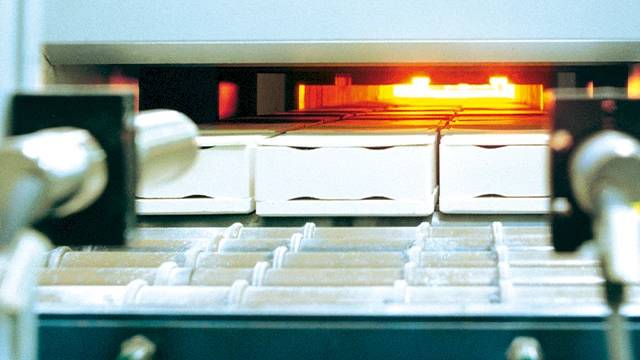
Traditional Sintering Limitations
Traditional sintering methods, which predominantly rely on external heating and the application of atmospheric or mechanical pressure, present several inherent limitations when applied to specific material systems. One of the primary challenges is the time-intensive cooling process required after sintering, which can significantly extend the overall production cycle. This extended cooling period not only increases the time required to produce a finished product but also complicates the maintenance of tight dimensional tolerances, a critical factor in ensuring the precision and reliability of the final component.
Moreover, the need for additional machining post-sintering further compounds these challenges. This additional step is often necessary to achieve the desired dimensional accuracy and surface finish, adding to the complexity and cost of the production process. The initial forming process itself must be meticulously controlled to ensure consistency and repeatability, as any variations in powder consistency can lead to alterations in shrinkage or overall component properties, thereby affecting the final product's performance.
The high cost of establishing production is another significant limitation. The substantial investment required to set up a sintering furnace can be a barrier to entry for many manufacturers, particularly if the product demand does not justify the expense. Furthermore, process variations during production can result in weak and variable parts, underscoring the critical need for precise control throughout the entire sintering process.
In summary, while traditional sintering methods have been widely used, their limitations in terms of time, precision, cost, and process control highlight the need for more advanced and efficient sintering technologies.
Emerging Rapid Sintering Techniques
Self-Propagation High-Temperature Sintering (SHS)
Self-Propagation High-Temperature Sintering (SHS), often referred to as Combustion Synthesis, is a revolutionary technique that harnesses the power of exothermic chemical reactions to facilitate rapid material synthesis. This method leverages the intense heat generated by these reactions to drive the sintering process, transforming ceramic powders into dense, polycrystalline materials with tailored properties.
One of the key advantages of SHS is its ability to achieve rapid densification without the need for prolonged external heating or high pressures, which are common in traditional sintering methods. This efficiency makes SHS particularly attractive for industrial applications, where time and energy savings are critical. The process has been successfully integrated into various industrial production lines, enabling the mass production of advanced ceramic materials with consistent quality and performance.
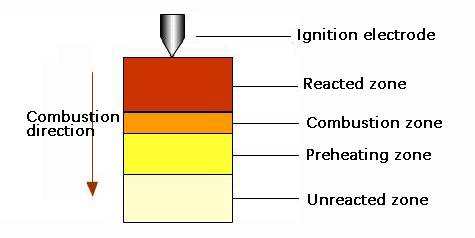
In addition to its standalone applications, SHS has been combined with other advanced technologies to further enhance its capabilities. For instance, SHS powder synthesis allows for the creation of highly reactive powders that can be sintered more rapidly and with greater control over final material properties. Similarly, densification techniques integrated with SHS have been developed to address specific challenges in material consolidation, ensuring that the resulting ceramics meet the stringent requirements of modern industrial and technological applications.
The versatility of SHS is further demonstrated by its adaptability to a wide range of ceramic materials, from simple oxides to complex composites. This broad applicability, combined with its efficiency and scalability, positions SHS as a key player in the ongoing evolution of rapid sintering technologies for advanced ceramics.
Microwave Sintering
Microwave sintering harnesses the power of microwave electromagnetic fields to uniformly heat ceramic materials, facilitating rapid low-temperature sintering. This innovative technique has found applications across a spectrum of materials, including fiber optics, ferrites, and superconducting ceramics. Unlike traditional heating methods that rely on external sources, microwave sintering generates heat within the material itself, offering several advantages such as faster heating rates, reduced energy consumption, and enhanced product properties.
However, the process is not without its challenges. Microwave sintering typically handles one compact at a time, which can limit overall productivity when multiple pieces are required. Additionally, the penetration depth of microwaves is limited for materials with high conductivity and permeability, necessitating that the particle size of the powders be similar to the microwave penetration depth in those specific materials. Some materials may fail to couple with microwaves, while others may exhibit run-away behavior, leading to variations in the final sintered product's properties.
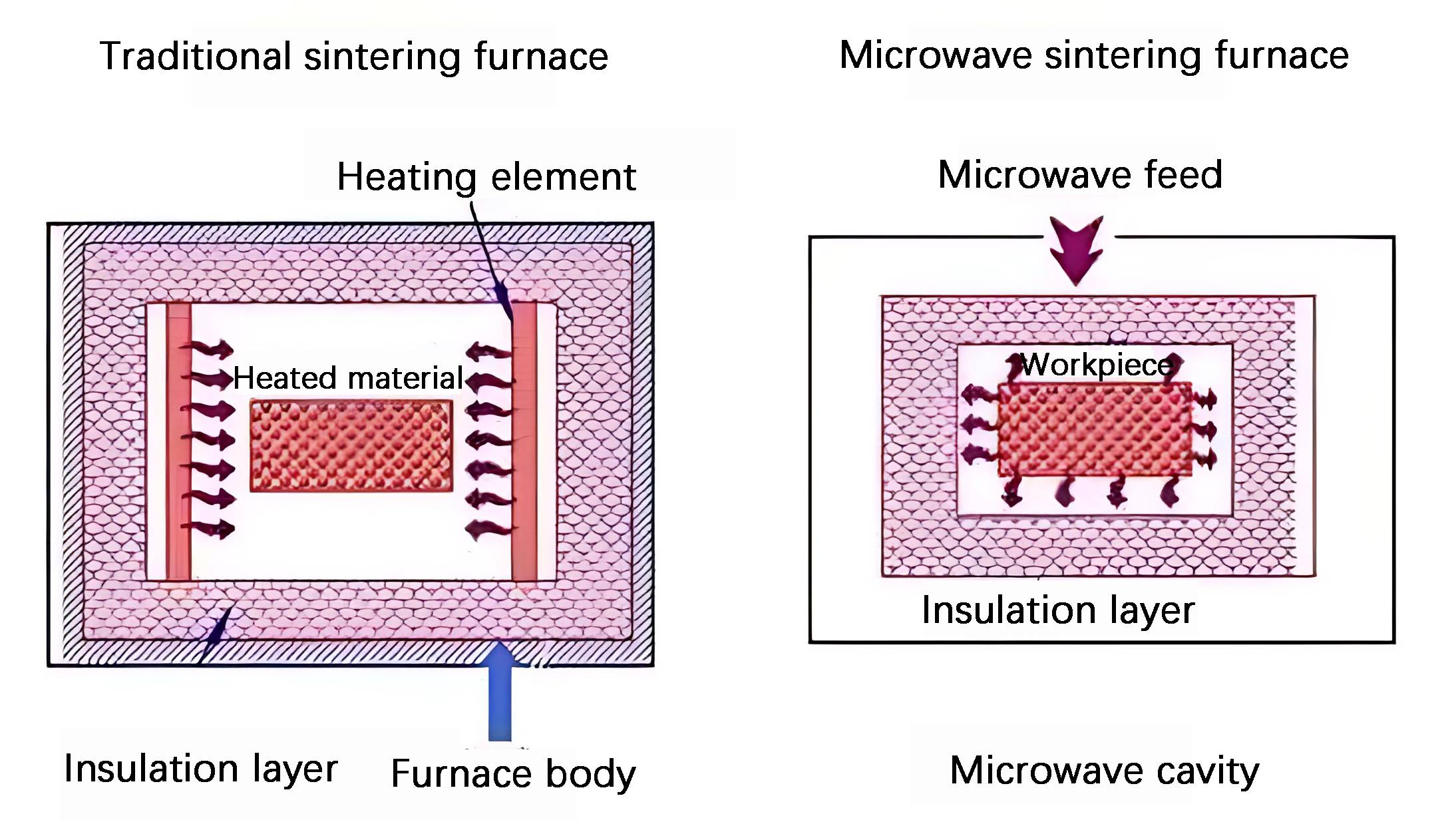
Despite these drawbacks, microwave sintering excels in maintaining fine grain sizes in bioceramics, making it a valuable tool in the production of high-performance ceramic components. The technology has also expanded to include the sintering of metal powders, a surprising application given that bulk metals typically reflect microwaves. However, metal powders effectively absorb microwaves at room temperature, allowing for rapid and efficient heating, which can be harnessed to produce a variety of metal components in a fraction of the time required by conventional methods.
Discharge Plasma Sintering (SPS)
Discharge Plasma Sintering (SPS) represents a cutting-edge sintering technique that introduces direct current pulses into the process, enabling rapid heating rates and the coupling of multiple fields. This method leverages pulsed direct current (DC) and uniaxial pressure within a die, where the DC current generates plasma discharges between powder particles. These discharges facilitate rapid heating and sintering, often conducted in a vacuum or controlled atmosphere to prevent oxidation and maintain material purity.
The SPS process is characterized by its ability to precisely control temperature, pressure, and heating rate, which is instrumental in crafting materials with unique microstructures and superior properties. Notably, SPS excels in preparing materials that are traditionally difficult to sinter, such as functional gradient materials. The rapid heating rates and short processing times inherent to SPS result in reduced energy consumption and cost, while also enhancing material properties and manufacturing efficiency.
SPS operates by using pulsed DC to repeatedly energize the material, creating high-current discharges between particles. This localized high-temperature generation, coupled with the reduced particle gap, facilitates surface diffusion and boundary defect diffusion, leading to the melting and bonding of powder particle interfaces. The high sintering energy allows for significantly shortened holding times, with high temperatures confined to the particle surfaces, thereby preventing grain growth within the particles. This controlled grain size is crucial for achieving high-density material sintering and optimizing the microstructure of the sintered body.
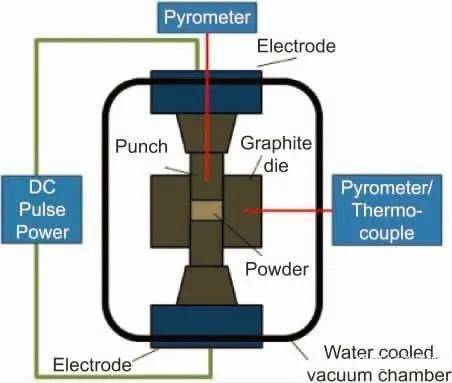
Moreover, SPS integrates powder forming and sintering into a single process, eliminating the need for pre-forming and additives or binders. This streamlined approach not only simplifies the manufacturing process but also contributes to the production of ceramics with enhanced mechanical, electrical, and thermal properties. SPS's versatility and efficiency make it a preferred choice across various fields, including materials science, nanotechnology, and engineering, for the fabrication of high-density, fine-grained ceramic, metallic, and composite materials.
Flash Sintering (FS)
Flash Sintering (FS), pioneered by Cologna et al., harnesses the power of electric fields to facilitate rapid and low-temperature sintering processes. This innovative technique is characterized by a series of distinctive phenomena, including thermal runaway, a sudden drop in resistivity, and the occurrence of flash events. These phenomena collectively contribute to a sintering process that is not only significantly faster but also requires lower furnace temperatures compared to traditional methods.
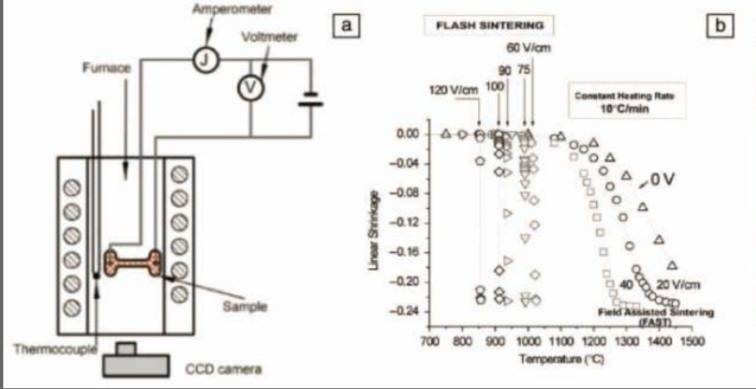
The application of electric fields in FS triggers a cascade of effects that expedite the densification of ceramic powders. The thermal runaway, for instance, accelerates the heating process, while the sudden drop in resistivity indicates a rapid transformation of the material's microstructure. The flash phenomena further enhance the efficiency of the sintering process by providing localized bursts of energy that promote uniform and rapid densification.
In comparison to other rapid sintering techniques such as Field Assisted Sintering Technology (FAST) or Spark Plasma Sintering (SPS), which rely on direct current to heat the mold and sample through Joule heating, FS offers unique advantages. While FAST/SPS also achieves high heating rates and short processing times, FS's reliance on electric fields introduces a different dynamic that can be particularly beneficial for certain material systems. The lower temperatures and mold pressures typical in FS make it a promising method for manufacturing advanced ceramics with potentially extraordinary characteristics.
FS thus stands out as a versatile and efficient method for the rapid sintering of advanced ceramics, offering a pathway to produce high-performance materials with reduced energy consumption and shorter processing times.
Cold Sintering (CS)
Cold Sintering (CS), a groundbreaking innovation proposed by Andall's research group, employs a unique combination of a transient solvent and high pressure to achieve the densification of ceramic powders at remarkably low temperatures, ranging from 120 to 300°C. This method not only significantly reduces the energy consumption required for traditional high-temperature sintering processes but also opens up new avenues for the production of high-performance ceramics.
The CS process is distinct from conventional sintering techniques, which typically require temperatures exceeding 1000°C to achieve densification. Instead, CS leverages the synergistic effects of a solvent and pressure to facilitate rapid particle rearrangement and diffusion at lower temperatures. This approach is particularly advantageous for materials that are sensitive to high temperatures or those that exhibit phase instabilities at elevated temperatures.
Moreover, the use of high pressure (ranging from 350 to 500 MPa) in the CS process enhances the efficiency of particle rearrangement, enabling the ceramic powders to reach a high density in a short period. This rapid densification process not only conserves energy but also allows for the production of ceramics with superior mechanical and functional properties.
The innovative nature of CS lies in its ability to achieve densification at temperatures well below the melting point of the ceramic materials, thereby circumventing the limitations associated with high-temperature sintering. This makes CS an attractive option for the fabrication of a wide range of advanced ceramics, including structural ceramics and functional ceramics, which require precise control over their microstructures to achieve optimal performance.
In summary, Cold Sintering represents a significant leap forward in the field of ceramic fabrication, offering a low-temperature, high-efficiency alternative to traditional sintering methods. By reducing energy consumption and expanding the range of materials that can be effectively sintered, CS holds the potential to revolutionize the production of high-performance ceramics in various industrial applications.
Oscillatory Pressure Sintering (OPS)
Oscillatory Pressure Sintering (OPS) is a novel sintering technique that employs continuous oscillating pressure during the densification process, offering significant advantages over traditional static pressure methods. This innovative approach not only enhances the densification rate but also effectively inhibits grain growth, leading to the preparation of materials with ultra-high strength and reliability.
The mechanism behind OPS can be dissected into several key factors:
-
Particle Rearrangement and Agglomeration Elimination: The continuous oscillating pressure applied during the sintering process significantly shortens the diffusion distance by facilitating the rearrangement of particles and eliminating particle agglomeration. This process is particularly effective in the early stages of sintering, where achieving a high packing density is critical.
-
Enhanced Sintering Driving Force: In the middle and late stages of sintering, the oscillating pressure provides a greater driving force for powder densification. This increased driving force accelerates viscosity flow and diffusion creep, promoting grain rotation, grain boundary slip, and plastic deformation within the sintered body. These mechanisms collectively expedite the densification of the green body.
-
Adjustable Frequency and Pressure: By fine-tuning the frequency and magnitude of the oscillating pressure, it is possible to enhance plastic deformation, which in turn promotes the formation and merging of grain boundaries in the later stages of sintering. This adjustment helps in the complete elimination of residual pores within the material, bringing the density of the material close to its theoretical limit.
-
Inhibition of Grain Growth: One of the standout features of OPS is its ability to effectively inhibit grain growth. This is achieved by the continuous application of oscillating pressure, which strengthens grain boundaries and prevents the uncontrolled growth of grains, thereby maintaining the fine microstructure of the material.
The densification of materials during the OPS process is primarily driven by two mechanisms: traditional diffusion-based mechanisms, such as grain boundary diffusion, lattice diffusion, and evaporation-condensation, and the new mechanisms introduced by oscillating pressure, including particle rearrangement, grain boundary slip, plastic deformation, and pore discharge. These combined mechanisms enable OPS to accelerate powder densification, reduce sintering temperature, shorten holding time, and inhibit grain growth, ultimately preparing ceramic materials with unparalleled strength and reliability.
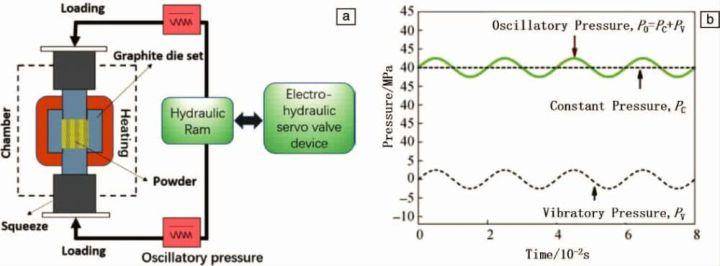
In summary, OPS represents a significant advancement in the field of ceramic sintering, offering a comprehensive solution to the challenges of achieving rapid densification at lower temperatures while maintaining the fine microstructure and high performance of the resulting materials.
Conclusion
Challenges and Future Prospects
While significant strides have been made in the development of advanced ceramic materials, several persistent challenges continue to impede their widespread application. Chief among these are issues related to reliability, densification, and material strength. Achieving consistent and reliable performance across various applications remains a significant hurdle, particularly as ceramic materials are often subjected to extreme conditions.
Future research in the field aims to address these challenges through innovative approaches that promise to enhance the properties of ceramics significantly. One of the primary goals is to achieve rapid densification at low temperatures. This objective is critical as it would not only reduce energy consumption but also minimize thermal stresses that can lead to material defects. Techniques such as Flash Sintering (FS) and Cold Sintering (CS) are at the forefront of this research, offering promising methods to achieve these goals.
Additionally, there is a concerted effort to prepare ceramics with a uniform structure and fine grains. This focus on microstructural uniformity is driven by the understanding that finer grains typically result in improved mechanical properties, including higher strength and better resistance to wear and fracture. Emerging techniques like Discharge Plasma Sintering (SPS) and Oscillatory Pressure Sintering (OPS) are being explored to control grain size and distribution more effectively.
Moreover, the integration of multiple sintering technologies, such as combining Self-Propagation High-Temperature Sintering (SHS) with Microwave Sintering, is being investigated to leverage the unique advantages of each method. This multidisciplinary approach aims to optimize the sintering process, leading to ceramics that are not only stronger and more reliable but also more versatile in their applications.
In summary, the future of ceramic materials research lies in overcoming these challenges through a combination of novel sintering techniques and a deeper understanding of material science. The goal is to create ceramics that are not only more efficient to produce but also possess superior performance characteristics, paving the way for their application in increasingly demanding environments.
Related Products
- Spark Plasma Sintering Furnace SPS Furnace
- 600T Vacuum Induction Hot Press Furnace for Heat Treat and Sintering
- Vacuum Dental Porcelain Sintering Furnace
- Vacuum Heat Treat and Molybdenum Wire Sintering Furnace for Vacuum Sintering
- Vacuum Heat Treat and Sintering Furnace with 9MPa Air Pressure
Related Articles
- Understanding the PECVD Method
- The Benefits of Controlled Atmosphere Furnaces for Sintering and Annealing Processes
- Exploring the Advanced Capabilities of Spark Plasma Sintering (SPS) Furnaces
- Understanding Saturated Calomel Reference Electrodes: Composition, Uses, and Considerations
- An In-depth Analysis of Hot Pressing Technology and Its Applications

